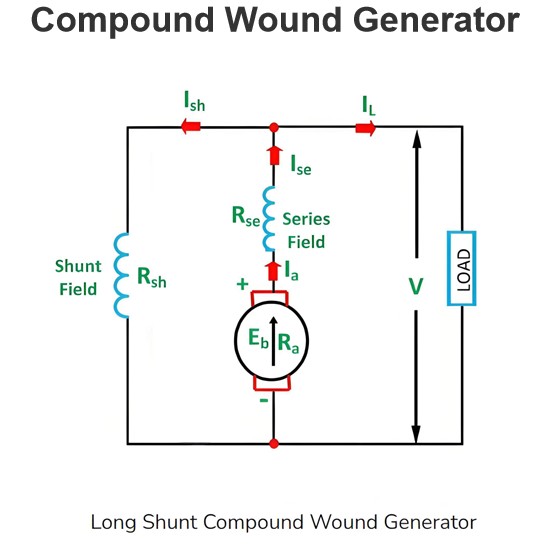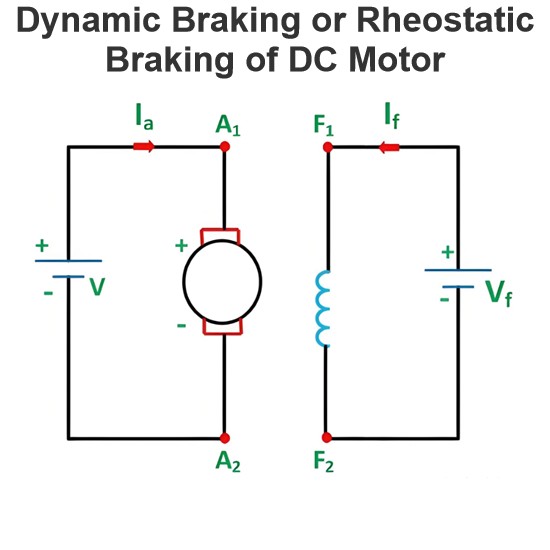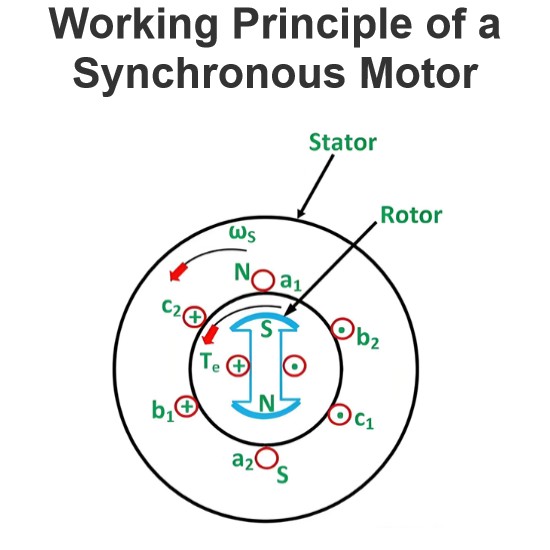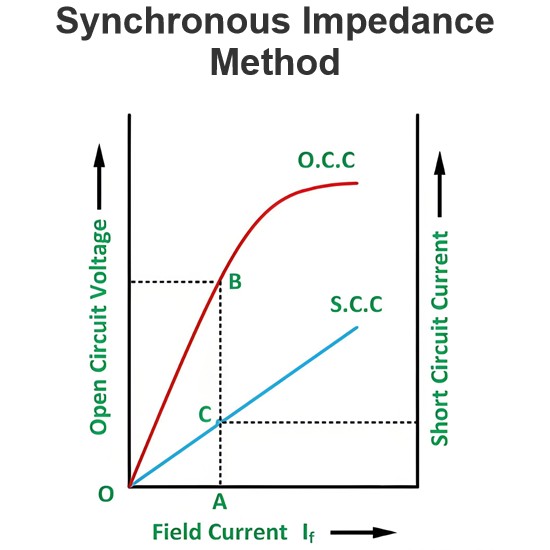How do I wind a rectangular armature coil for electromagnetic induction?
How to Wind a Rectangular Armature Coil for Electromagnetic Induction
Winding a rectangular armature coil for electromagnetic induction requires careful planning and precise execution. Here are detailed steps and considerations:
Material Preparation
Conductor Wire: Choose the appropriate wire material, typically copper wire. Select the wire gauge based on the current requirements.
Insulation Materials: Used for insulation layers, such as insulating tape, insulating paper, etc.
Core: The core for the rectangular armature coil, which can be a plastic or metal frame.
Tools: Scissors, wire strippers, insulating tape, ruler, marker pen, etc.
Steps
1. Design and Planning
Determine Dimensions: Based on application requirements, determine the length, width, and height dimensions of the rectangular coil.
Calculate Turns: Based on the required inductance and current, calculate the number of turns needed. You can use an inductance calculator for assistance.
Select Wire Gauge: Based on current density, choose the appropriate wire gauge to ensure the wire does not overheat.
2. Prepare the Core
Make the Core: If using a pre-made core, ensure it meets the required dimensions. If not, create a rectangular frame yourself.
Secure the Core: Fix the core on a stable workbench to ensure it does not move during winding.
3. Wind the Coil
Starting Point: Secure the starting end of the wire at one corner of the core, using tape or clamps.
Winding Method:
Single Layer Winding: Wind the wire uniformly along the edges of the rectangular core, ensuring each turn is tightly packed.
Multi-Layer Winding: If multi-layer winding is required, place insulation material between each layer to ensure proper insulation.
Winding Direction: Maintain a consistent winding direction to avoid reversals, which can affect the inductance value.
Ending Point: After completing the winding, secure the ending end of the wire on the core, using tape or clamps.
4. Insulation Treatment
Interlayer Insulation: If using multi-layer winding, ensure there is sufficient insulation material between each layer to prevent shorts.
Overall Insulation: After winding, use insulating tape or insulating paint to insulate the entire coil.
5. Lead Wires
Lead Length: Leave enough length for the lead wires to connect to the circuit.
Insulation Treatment: Insulate the lead wires to ensure safety.
6. Inspection and Testing
Visual Inspection: Check the coil for loose, damaged, or shorted areas.
Inductance Test: Use an inductance meter or LCR meter to test the inductance value of the coil, ensuring it meets the design requirements.
Dielectric Test: Perform a dielectric strength test to ensure the coil has good insulation properties.
Precautions
Uniform Winding: Ensure each turn of the wire is uniformly packed to avoid looseness or overlapping.
Insulation Treatment: Ensure all interlayer and lead wire insulation is properly applied to prevent shorts.
Secure Fixing: Ensure the starting and ending ends of the wire are securely fixed to avoid loosening.
Temperature Considerations: Choose the appropriate wire gauge to ensure the wire does not overheat under operating temperatures.
By following these steps, you can successfully wind a rectangular armature coil for electromagnetic induction applications.
The Electricity Encyclopedia is dedicated to accelerating the dissemination and application of electricity knowledge and adding impetus to the development and innovation of the electricity industry.













